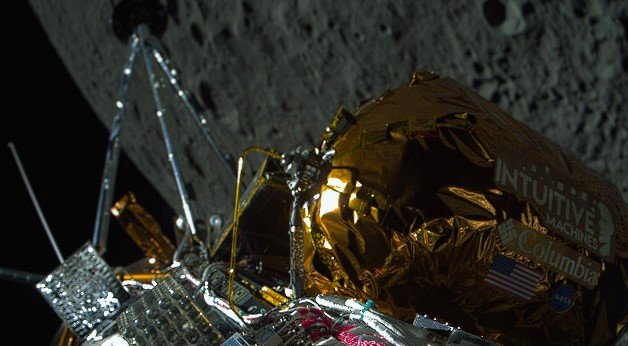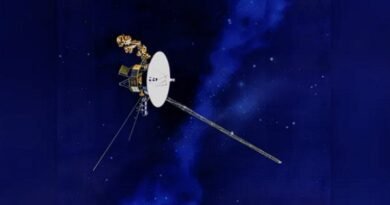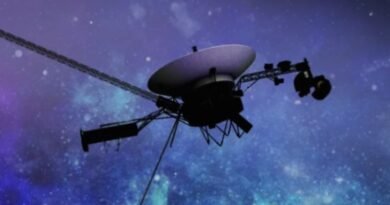Intuitive Machines Makes Historic Moon Landing with Odysseus Lander, Marking First US Achievement Since 1972

Intuitive Machines’ historic moon landing as their Odysseus lander touches down, achieving a significant milestone for the United States in space exploration after nearly five decades.
Following a thrilling descent and a nerve-wracking silence from the lunar surface, the United States has reestablished its presence on the moon.
Odysseus, a cutting-edge robotic lander developed by Intuitive Machines, a leading Houston-based company, successfully touched down near the lunar south pole on the evening of February 22.
This marks a monumental achievement in space exploration, as it represents the first soft landing by a private spacecraft on the moon. The last time an American vehicle made a gentle landing was during NASA’s historic Apollo 17 mission in December 1972.
“Odysseus has triumphed on the moon! What an incredible feat!” exclaimed NASA Administrator Bill Nelson in a video message broadcast immediately following the successful touchdown. “This milestone is a significant leap forward for humanity. Stay tuned for more!”
The moon has long been a focal point of American space missions, initially driven by national security concerns during the Cold War era. Landing astronauts on the lunar surface was seen as a pivotal demonstration of technological superiority over the Soviet Union.
The Apollo missions, spanning from 1969 to 1972, witnessed a total of 12 American astronauts setting foot on the moon. With the successful conclusion of the moon race, NASA shifted its focus to other priorities, notably the development and operation of the space shuttle program.
Although robotic moon probes continued after Apollo, a return to the lunar surface was not prioritized until recently. In December 2017, then-President Donald Trump directed NASA to accelerate the return of astronauts to the moon, leading to the inception of the Artemis program.
Artemis aims to establish a sustainable human presence on the moon by the late 2020s, with the ultimate goal of enabling human exploration of Mars by the late 2030s or early 2040s.
As part of the Artemis program, NASA plans to establish bases in the moon’s southern polar region, believed to harbor significant water ice reserves. To gather more data about this region, NASA initiated the Commercial Lunar Payload Services (CLPS) program, facilitating the transport of agency science instruments on robotic moon landers built by American companies.
Intuitive Machines, selected by CLPS in 2019, transported a batch of NASA science instruments to the lunar surface with its Nova-C lander, named Odysseus. The mission, known as IM-1, includes experiments such as NDL (Navigation Doppler Lidar for Precise Velocity and Range Sensing) and technology demonstrations.
Additionally, commercial payloads from various entities, including Columbia Sportswear and artist Jeff Koons, were also onboard. Notably, EagleCam, a camera system built by students at Embry-Riddle Aeronautical University, captured images of Odysseus’ touchdown.
After a successful launch on February 15 via a SpaceX Falcon 9 rocket, Odysseus encountered some challenges during its descent, which were overcome with last-minute adjustments. Ultimately, it touched down softly near the rim of the crater Malapert A.
IM-1 signifies a renewed interest in lunar exploration, with various countries and private companies making strides towards lunar missions. Recent successes include India’s Chandrayaan-3 and Japan’s SLIM missions. The moon is increasingly becoming a focal point for nations and businesses worldwide, with ambitious plans for future exploration and utilization of lunar resources.








